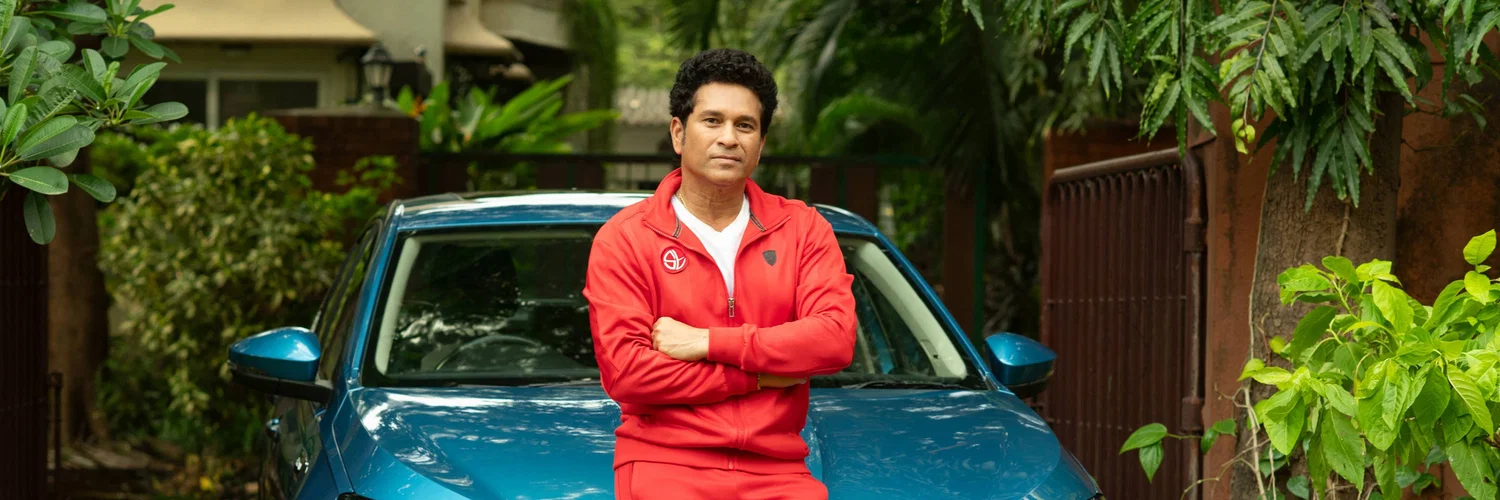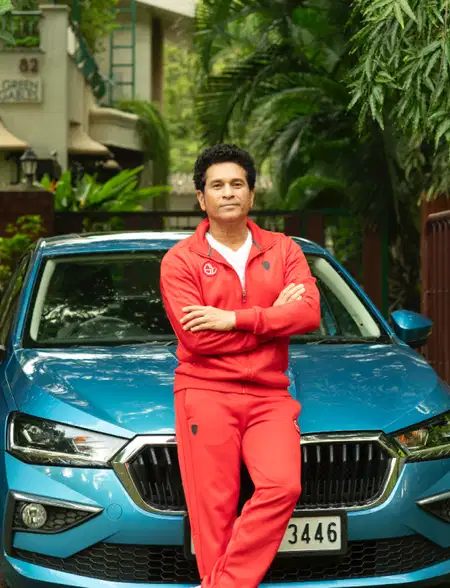Air pollution in India is becoming one of the biggest health concerns. While there are a lot of factors that contribute to the phenomenon, vehicular emission is a big part of the problem. And to tackle the same, the Government implemented the Bharat Stage 6 or BS6 Norms in 2020. In a bid to further reduce automotive pollutants, the Government is planning to initiate Phase II of BS6 standards from April 2023, which calls for the implementation of Real Driving Emission (RDE) Norms. In this article, we will decode everything about Real Driving Emission Norms so that you know what’s in store for the automotive industry.
Certified Used Cars on Spinny
What are Bharat Stage Emission Norms?
To better understand RDE norms, it is crucial to understand Bharat Stage Emission Norms. Regulated by the Government of India, Bharat Stage Emission Norms are standards followed by automakers to control and regulate vehicular emissions. With a specific focus on the emission of certain gases like carbon dioxide (CO2), carbon monoxide (CO), Hydrocarbons and Oxides of Nitrogen, Bharat Stage Norms aim to improve the environment by regulating vehicular emissions.
Based on the Euro Emissions Standard, Bharat Stage Norms were first introduced in the year 2000 and are regularly updated to make automobiles greener and more environmentally friendly. The timeline for implementing various BS Norms is formulated by the Central Pollution Control Board under the Ministry of Environment & Forests and Climate Change.
Understanding Bharat Stage VI
At par with the Euro 6 standards, Bharat Stage VI is the latest iteration of the Bharat Stage Norms, which was implemented pan India from April 1st, 2020. Compared to the BS4 norms, BS6 norms have increased restrictions on the permissible pollutants emitted by petrol and diesel engines.
Type of Fuel | Pollutants | BS4 | BS6 |
Petrol | Nitrogen Oxide(NOx), Particulate Matter(PM) | 80mg | 60mg |
Nitrogen Oxide(NOx) | 250mg | <80mg | |
Diesel | Particulate Matter(PM), HC + NOx | 25mg/km,300mg/km | <4.5mg/km,170mg/km |
Other changes envisaged in the BS6 Norms are:
- Installation of Selective Catalytic Reduction and Diesel Particulate Filter to monitor emission levels in BS6 vehicles. However, it was not present in the BS4 norms.
- Integration of a mandatory Onboard Diagnostic (OBD) that can inform vehicle owners/technicians how efficient different vehicle systems are.
- Introduction of Real Driving Emission (RDE) Norms to measure real-world and real-time emissions of a vehicle in addition to only tested emissions.
What are Real Driving Emissions (RDE) Norms?
The Real Driving Emission (RDE) Norms are the driving force behind Phase II of the BS6 norms and are all set to be implemented from 1st April 2023. In order to understand RDE norms in detail, it is important to understand how emission testing takes place in the present scenario. Currently, in order to comply with the Bharat Stage Norms, vehicle emission measurements and tests are largely tested and determined in the laboratory with scenarios that replicate the real world without any external influence. As a result, carmakers’ emission values generally differ greatly from real-world conditions. This has prompted the government to develop a testing method that can measure emissions in actual driving conditions rather than labs.
Real Driving Emission Norms are aimed at solving this problem. With effect from April 1st, 2023, RDE Norms will bind carmakers to test and measure pollutants emitted from their vehicles in a real-world driving scenario. For this purpose, carmakers will be required to equip their vehicles with a Portable Emissions Measurement System (PEMS). As part of the upcoming RDE norms, all vehicles running on a diesel engine will be required to have Selective Catalytic Reduction (SCR) systems onboard. By using Diesel Exhaust Fluid (AdBlue), the Selective Catalytic Reduction systems will greatly reduce emissions of compounds such as nitrogen oxides (NOx) by converting pollutants into water, nitrogen and minute amounts of carbon dioxide.
Before Phase II of the BS6 norms, carmakers were able to comply with ongoing BS6 regulations through the Lean NOx Trap (LNT) system. This allowed smaller-capacity diesel engines (usually below 2.0 litres) to achieve lower pollution levels in a bid to comply with the current emission standards. However, with Phase II now imminent, carmakers will have to use more sophisticated and expensive SCR systems. It is pertinent to note that larger diesel engines, such as those exceeding 2.0 litres, are already upgraded to the SCR system during the initial phase of the BS6 transition.
How will vehicles comply with RDE Norms?
Since RDE Norms are implemented in order to measure pollutants emitted from their vehicles in a real-world driving scenario, vehicles will now need to have an onboard self-diagnostic device (OBD Device) to analyse and monitor emission levels in real time.
The OBD device will be responsible for constantly checking emissions levels by processing readings from key components, including oxygen sensors and catalytic converter. If, at any time, a vehicle’s emissions exceed the desired parameters of the BS6
Norms, an alert will be displayed to the driver that the vehicle needs to be serviced immediately. Additionally, vehicles will now be required to be equipped with programmed fuel injectors to manage the amount of fuel injected and its timing. A more sophisticated catalytic converter will also be used to achieve desired parameters.
How will RDE Norms impact you?
While the carmakers will bear the biggest impact of the forthcoming RDE Norms, consumers will face the impact mainly in the form of a price increase. Since RDE Norms require carmakers to incur additional costs in order to make their powertrain fully BS6 compliant, the overall production cost will increase, a part of which will be passed on to the consumers through price hikes.
Moreover, since an upgrade to the SCR system requires carmakers to undertake several highly valued changes, the entire cost of conversion might be too costly for some smaller engines and vehicles, which will result in their untimely discontinuation. If reports are to be believed, as many as 17 cars may be discontinued from April 2023. Sadly, this list contains diesel variants of popular cars such as the Honda City 5th Generation, i20, Verna, Altroz etc. There are chances that cars such as the Innova Crysta, Nissan Kicks, Skoda Superb and Octavia might also not go on sale come April 2023.
RDE Norms: Conclusion
With Phase II of BS6 Norms all set to kick in from April 2023, carmakers now face a challenge to either upgrade their vehicle in tune with the new standard or axe some of their most demanded models. While RDE norms might appear too harsh on carmakers, considering the nation’s current situation in terms of rising pollution and environmental damage, it seems as if RDE is the need of the hour. The new norms will introduce cleaner engines that use their fuel more efficiently in real word driving environments. Nonetheless, from a consumer’s point of view, car buying is sure to get more expensive as carmakers are expected to pass on the burden of rising production costs through several price hikes.
FAQs on RDE Norms: Explained
Q: When will RDE Norms come into force?
A part of Phase II of BS6 Norms, Real Driving Emission Norms will come into force from 1st April 2023.
Q. What are Bharat Stage Norms?
Regulated by the Government of India, Bharat Stage Emission Norms are standards followed by automakers in India to control and regulate the output of pollutants emitted by internal combustion engines, more specifically, gases like carbon dioxide (CO2), carbon monoxide (CO), Hydrocarbons and Oxides of Nitrogen.
Q. What are RDE Norms?
With effect from April 1st, 2023, RDE Norms will bind carmakers to test and measure pollutants emitted from their vehicles in a real-world driving scenario.
Q. What is BS6?
At par with the Euro 6 standards, Bharat Stage VI is the latest iteration of the Bharat Stage Norms, which was implemented pan India from April 1st, 2020, completely skipping the Bharat Stage V norms.
Q: How will RDE Norms Impact Consumers?
Since RDE Norms require carmakers to incur additional costs in order to make their powertrain fully BS6 compliant, the overall production cost will increase, a part of which will be passed on to the consumers through price hikes.




 ne big family!
ne big family!